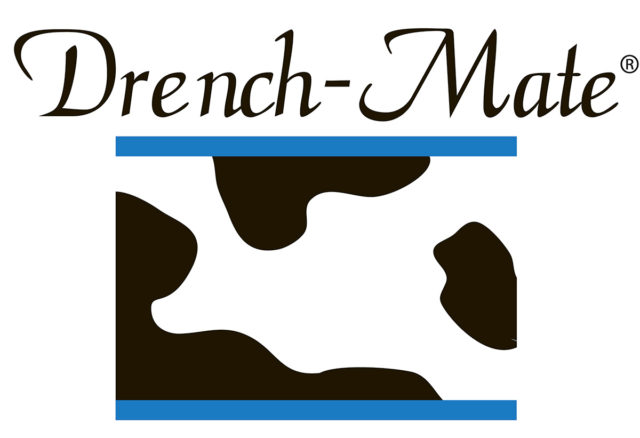A report revealed that less than 2% of federal research funding from 2017-21 was dedicated to enteric methane mitigation. This highlights an important gap in research investments when you consider methane from enteric fermentation accounts for more than 28% of agricultural emissions in the U.S., according to the same report.
If dairy farm families are to continue their generations-long commitment to sustainable milk production, they need options to mitigate enteric methane emitted by cows. This is why investing in high-priority research is critical to secure the future and was the vision for the Greener Cattle Initiative (GCI), a research consortium launched by the checkoff-founded Innovation Center for U.S. Dairy and the Foundation for Food & Agriculture Research (FFAR).
Today, GCI is making a positive impact by funding three critical research projects that represent dairy farmers’ priorities to develop enteric methane mitigation options. The awardees and a summary of their projects are:
- Dr. Alexander N. Hristov, a distinguished professor of dairy nutrition at Penn State University, is testing new enteric methane inhibitors and delivery methods for them. The project aims to test, in dairy animals, inhibitors that already showed promising results in the laboratory. The research team also is working on optimizing dietary conditions to maximize reductions in enteric methane emissions.
- Dr. Roderick Mackie, professor at the University of Illinois – Urbana-Champaign, is leading teams of experts in six locations around the globe who are studying how diets and different methane inhibitors affect hydrogen production and utilization in the rumen of beef and dairy cattle, and how these changes in hydrogen dynamics affect the amount of enteric methane produced.
- Dr. Francisco Peñagaricano, assistant professor at the University of Wisconsin – Madison, is leading a team of U.S. experts to develop genomic evaluations for methane traits that will allow selective breeding for low-methane-emitting cows. The team is also investigating the composition and activity of the rumen and oral microbiome, and the milk mid-infrared spectra to identify low-emitting cattle more easily in the future.

These are the types of projects that can lead to critical knowledge, and accelerate scalable and commercially feasible technologies for dairy and beef producers.
Selecting these awardees was not a simple task. We experienced overwhelming interest after announcing our request for research proposals with more than 100 letters of intent. The selection process followed extensive technical and steering committee evaluations.
Our initial objective was to invest $5 million in research funding, but support and interest in GCI resulted in a total investment of $7.2 million, exceeding the expectations all the partners had when this initiative was launched.
GCI is a great example of public-private collaboration with stakeholder representation across the entire dairy sector. Notably, some of the world’s most recognized organizations from the food and agriculture industry, commodity groups and non-profits are GCI partners, extending the reach of farmers’ checkoff investment.
Founding partners include ADM, the Council on Dairy Cattle Breeding, Elanco, Genus PLC, the National Dairy Herd Information Association, Nestlé and the New Zealand Agricultural Greenhouse Gas Research Centre. The Global Methane Hub and JBS USA also joined the consortium as steering committee members.
I cannot overstate how important efforts such as GCI are in a time when global demand for food products, such as milk and meat, is expected to increase by more than 60% in the coming decades. Yet, we’re also facing a consumer base that has a growing interest in how foods are produced. They are seeking assurances that food is produced in a way that is good for the planet. In fact, Kantar US finds 90% of U.S. consumers are concerned about climate-related issues.
It is a clear message that any sector or company that wants to maintain consumer loyalty and trust must offer evidence that their products are made in a way consumers can feel good about. Dairy customers, including milk processors and retailers – both domestically and internationally – are eager for science-backed evidence to strengthen their sustainability story to meet these expectations.
Our initial round of successful grant awards clearly illustrates GCI has the capacity to convene stakeholders, collectively identify objectives and effectively leverage resources to address them.
In the end, U.S. dairy will give our customers and consumers more evidence that dairy indeed comes from a place that accounts for environmental stewardship.
And what is good for the consumer is good for the farmer.
This article was written by Dr. Juan Tricarico, who is senior vice president for environmental research for the Innovation Center for U.S. Dairy.
To learn more about your national dairy checkoff, visit the website or to reach us directly, send an email.









